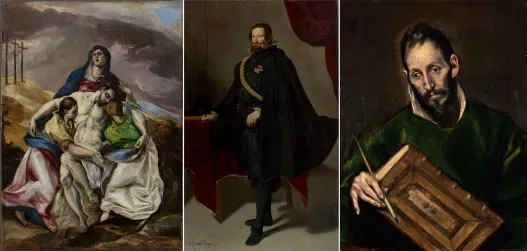The University of Texas Art Museum in Austin is a remarkable cultural institution that offers a diverse array of art collections and exhibitions. From ancient artifacts to contemporary works, the museum serves as a vital resource for both the university community and the public. It provides an opportunity to engage with art in various forms, promoting cultural understanding and appreciation.
While the museum is a treasure trove for art lovers, it also prompts deeper reflections on broader societal issues, such as the concept of ‘extraction’—a term that resonates with discussions around wealth distribution and economic policies. As visitors explore the museum’s offerings, they might consider how art reflects and influences the socio-economic landscape of the nation.
In recent years, the term ‘extraction’ has gained traction in political discourse, particularly in relation to the way wealth is generated and distributed. It refers to the processes by which resources, labor, and capital are drawn from communities, often leading to disparities in wealth and income. This concept is particularly relevant in the context of the arts, where funding and support for cultural institutions can be influenced by economic policies and societal values.
As you stroll through the galleries, you may find yourself contemplating the intersection of art and politics. The museum not only showcases artistic achievements but also serves as a platform for dialogue about the implications of wealth extraction on communities and individuals. The artworks on display can provoke thought about the narratives of power, privilege, and the ongoing struggle for equity in society.
Engaging with the exhibits can be a transformative experience, allowing visitors to connect emotionally and intellectually with the pieces. Whether it’s a striking painting, a thought-provoking sculpture, or an immersive installation, each artwork has the potential to inspire discussions about the world we live in and the systems that shape it.
The University of Texas Art Museum also emphasizes the importance of accessibility and education. It offers various programs and workshops aimed at fostering creativity and critical thinking among students and the wider community. By making art accessible to all, the museum contributes to a more informed and engaged public, which is essential for a healthy democracy.
In summary, a visit to the University of Texas Art Museum is not just an opportunity to appreciate art; it’s a chance to engage with the pressing issues of our time. As you explore the museum’s collections, consider how the themes of wealth extraction and economic disparity resonate within the artworks and the broader cultural context. The museum stands as a testament to the power of art to challenge, inspire, and provoke meaningful conversations about the future of our society.
